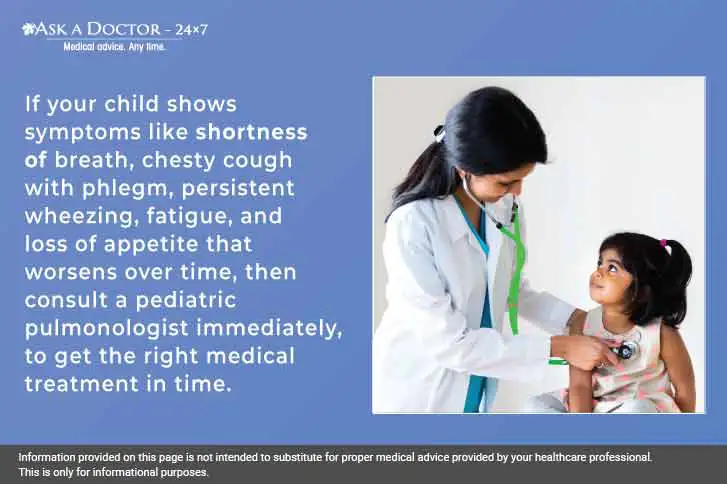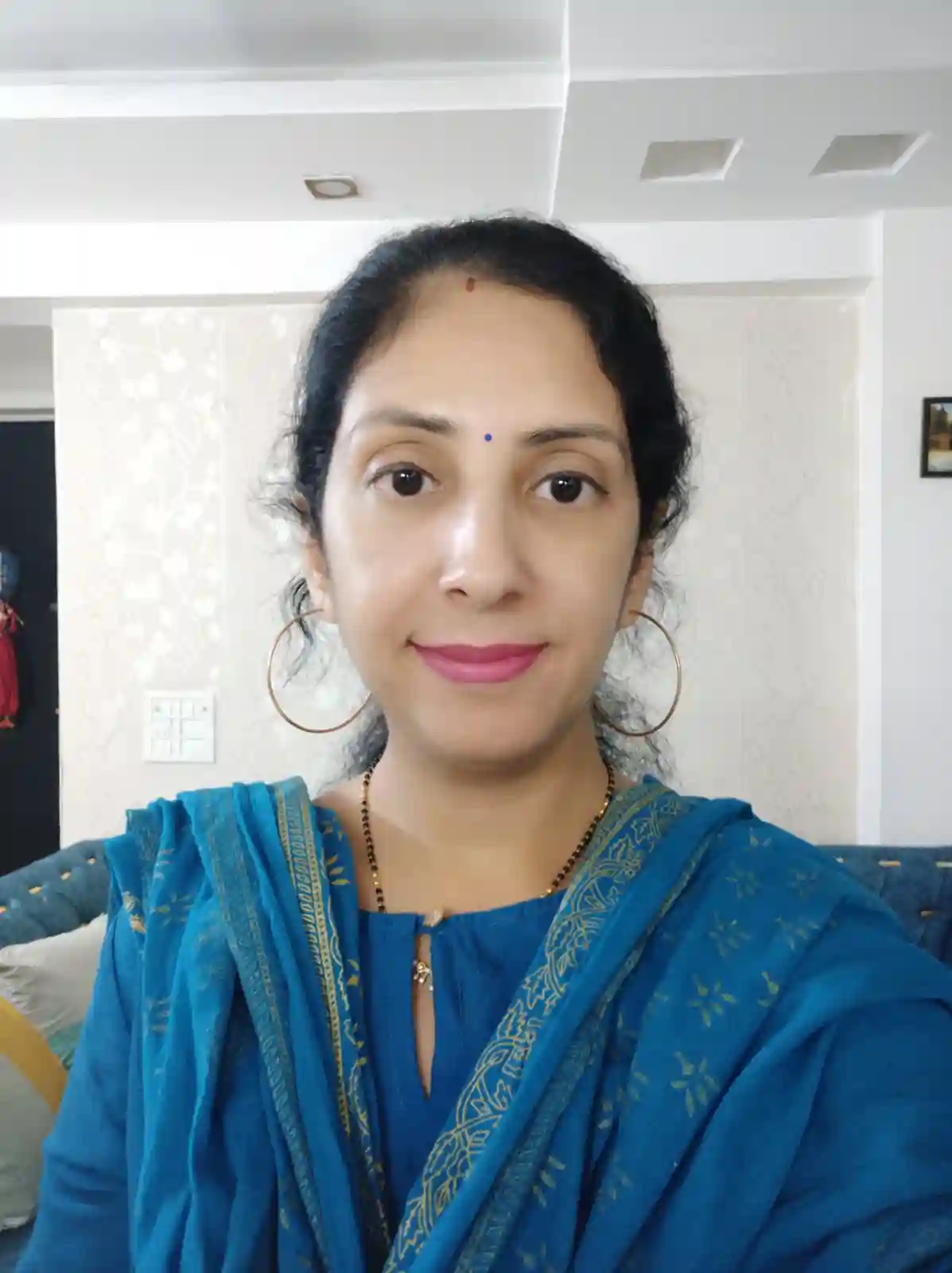Chronic Obstructive Pulmonary Disease (COPD) In Kids: Things Every Parent Must Know
Does your kid often feel difficulty in breathing or do you know any other child who complains about breathlessness while carrying out normal day-to-day activities? Well, then you must know about COPD, a lung disease that causes difficulty in breathing due to long-term airway inflammation and damage to the lungs. In this disease condition, the walls between the air sacs in the lungs weaken and collapse leading to restricted airflow. Current or former cigarette smokers who have a long history of smoking are prone to develop COPD more often, however, this disease may originate in some adults during infancy or early childhood due to various reasons.
Let’s know more about COPD in kids.
What Causes COPD in Kids?
There could be multiple factors responsible for COPD emergence in kids, but primarily incomplete development or inflammation of the lungs especially the air sacs (alveoli) in premature birth incidences leads to this condition. Pediatric COPD may be initiated in these premature babies as they have underdeveloped lungs and need breathing assistance from a mechanical ventilator. Incomplete lung growth or lung injury due to breathing assistance apparatus may result in permanent lung lesions that may further lead to COPD.
Besides, a low birth weight, genetic alterations, exposure to smoke through maternal smoking, lung scarring or injury soon after birth, post-delivery infection, patent ductus arteriosus (PDA); a congenital heart disorder, overuse of oxygen while providing respiratory support can make infants susceptible to COPD. Early life adverse events; childhood pneumonia, asthma, or genetic syndromes like α1-antitrypsin (AAT) deficiency, cutis laxa, Marfan syndrome, and Ehlers-Danlos syndrome may also lead to COPD emergence in children.
Know more about these genetic disorders and their prevention from our genetics specialists. Other factors responsible for chronic lung diseases in children are air pollution exposure and biomass smoke exposure.
What are the Symptoms of COPD in Children?
Symptoms for COPD in kids may resemble indications of some other birth-related respiratory problems. Hence a healthcare provider will carefully look to confirm the symptoms of COPD which could be
- Respiratory distress
- Chest retractions
- Widening of nostrils
- Rapid breathing
- Grunting
- Persistent wheezing
- Sputum
- Coughing
- Losing weight
(Note: The symptoms overlap with those of other respiratory infections or diseases, thus always consult a doctor before starting with any medication or treatment.)
How COPD is Diagnosed in Children Clinically?
After suspecting COPD in children (COPDC), a pediatrician would confirm it through diagnostic investigations like blood tests, chest X-rays, pulmonary function tests (PFT), and spirometry to apprehend the severity of airflow limitation in the lungs. The doctor will then diagnose the COPD stage after assessing the level of airflow obstruction.
How is COPD Treated?

COPD has no cure to date but can be clinically managed and controlled. Difficulty in breathing in newborns often improves over time. Initially, the mechanical ventilator is used to make the child breathe better but then oral and inhaled bronchodilators, corticosteroids, or antibiotics can also be given to relax the airways and to keep them open. However, the treatment given is as per the specific guidelines for each individualized case. Patent ductus arteriosus (PDA) that causes lung dysfunction is treated by PDA ligation to reverse the effects of increased blood flow in the lungs.
COPD in children should be monitored and managed carefully to prevent the disease progression and occurrence of any adverse events later as early childhood respiratory problems may increase the likelihood of severe lung infections in the future.
5 Must Know Things That Can Help Decrease the Chances of COPD Occurrence in Kids
To decrease the chances of COPD occurrence in kids, every parents and caregivers must follow these tips:
1. Stop smoking Before Planning a Pregnancy
The most important thing you must do as a parent is quitting smoking especially if you are pregnant or planning to conceive. It is a well-known fact that maternal smoking has lifelong effects on offspring's respiratory health. In-utero nicotine exposure is one of the common reasons for preterm delivery that may trigger chronic lung diseases in newborns. Moreover, research studies have proven that young children exposed to passive smoking are more vulnerable to respiratory issues and should be allowed to stay away from smokers inside or outside the home.
2. Stay watchful for your child’s symptoms
If your child has been diagnosed with COPD or if he is prone to developing breathing issues like asthma, pneumonia, or chronic bronchitis, you must carefully watch over his symptoms. If you observe your child experience difficulty in breathing, constantly cough with a wheezing sound, look inactive, or lose appetite and weight, approach a health care provider immediately to seek medical help.
3. Strictly adhere to the prescribed medication timings
Your child’s doctor will prescribe some medicines like bronchodilators to control and manage COPD and other related symptoms based on the correct diagnosis and known risk factors. Make sure you give your child the required medicines on time. Stay in constant touch with the doctor to know of any change in dosage as per the condition of your child. Do not change any drug without consulting your provider. Treatment adherence is indispensable to the management of COPD.
4. Adhere to a healthy outlook
Make your child follow a healthy lifestyle that includes doing mild breathing exercises to improve lung function and eating nutritious food. Breathing difficulties may bring fatigue and tiredness in the children and leave them less active or lethargic. A balanced meal is a must to counter the sluggishness and compensate for the excess burning of energy due to pulmonary blockages. Moreover, seasonal flare-ups become frequent in unfavorable weather conditions thus it becomes even more important to consume essential vitamins and minerals to sustain immunity against other infections.
5. Take preventive measures on a daily basis
'Prevention is better than cure', this should be kept in consideration to reduce the intensity of COPD complications in children. Take regular preventive steps like monitoring the progressive airway obstruction in your kid with a spirometer, avoiding staying in very hot or cold weather, keeping children away from primary or secondary smoke sources, and using air purifiers at home to reduce the effect of indoor and outdoor pollution, and teaching your kid to spit out the mucus whenever he gets it in the mouth or using the inhalers when needed.
Conclusion
Managing COPD in children is certainly not easy but with proper care and appropriate surveillance approach, you may protect your child from severe pulmonary damage or deterioration. Ensure you seek timely health check-ups by the pediatrician for efficacious disease management and improved quality of life in children with COPD.
Ask your other queries related to COPD in children from Pediatric Pulmonologists at Ask a Doctor 24x7.
Recently Answered Questions Related to COPD
- What Is The Cure For COPD?
- Can Metapropolol And Lasix Cause Nasal Bleeding?
- What do Wheezing, Breathlessness, Voice Change, Coughing, and Choking Sensations Indicate Post Eye Surgery?
- How to Periodically Monitor COPD in an Elderly Person With Multiple Ailments?
- Can COPD Decrease Survival Rate?
- What Leads to COPD?
- Can COPD Cause Numbness and Tingling in the Fingertips?
- Suggest Medication for COPD
- What Causes Recurring Bronchitis with Palpitations and Elevated BP?
- Does Pacemaker Cause Severe COPD and Pneumonia?
- Do COPD Bronchi And COPD Emphysema Cause Cancer?
- My Brother is Dealing With COPD and He is on Oxygen. What are the Survival Chances of My Brother?
Disclaimer: Information provided on this page is not intended to substitute for proper medical advice provided by your healthcare professional. This is only for informational purposes.
Ask a Specialist
Recent Questions


